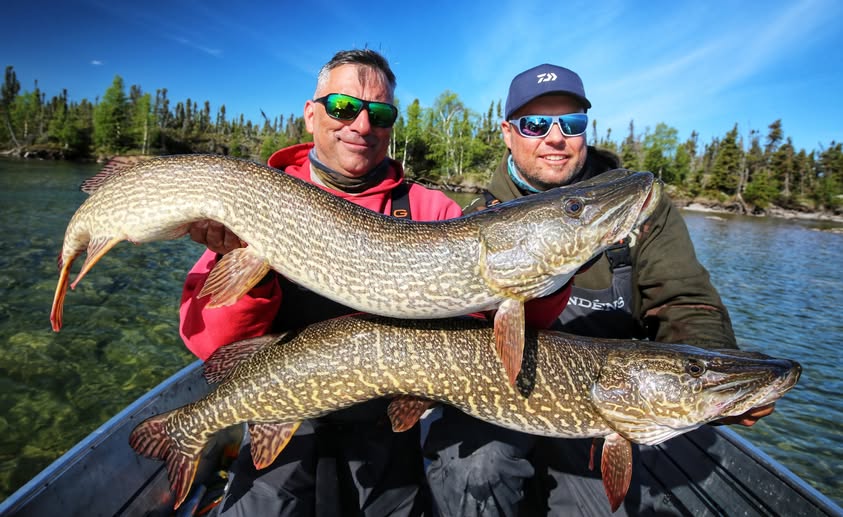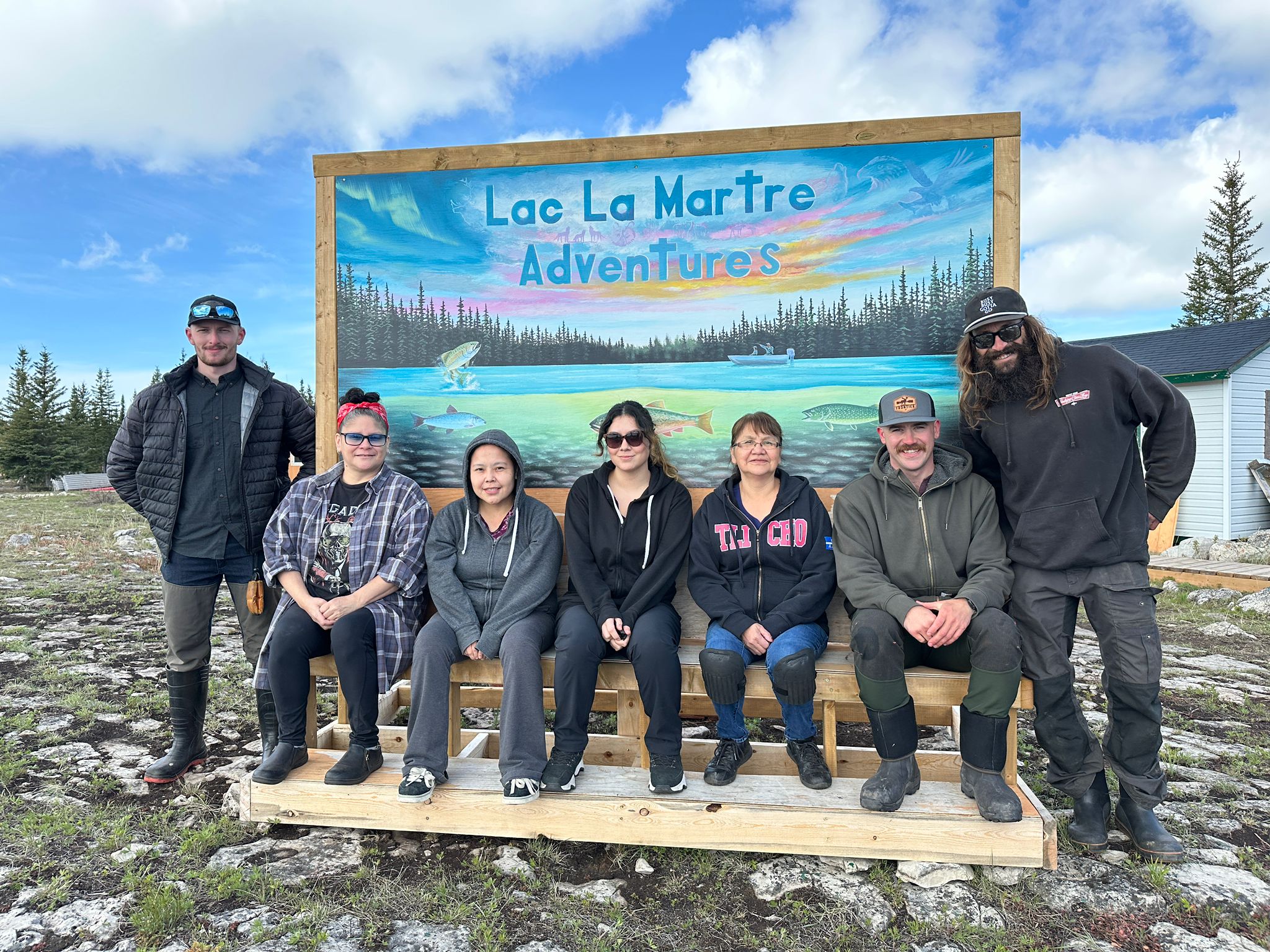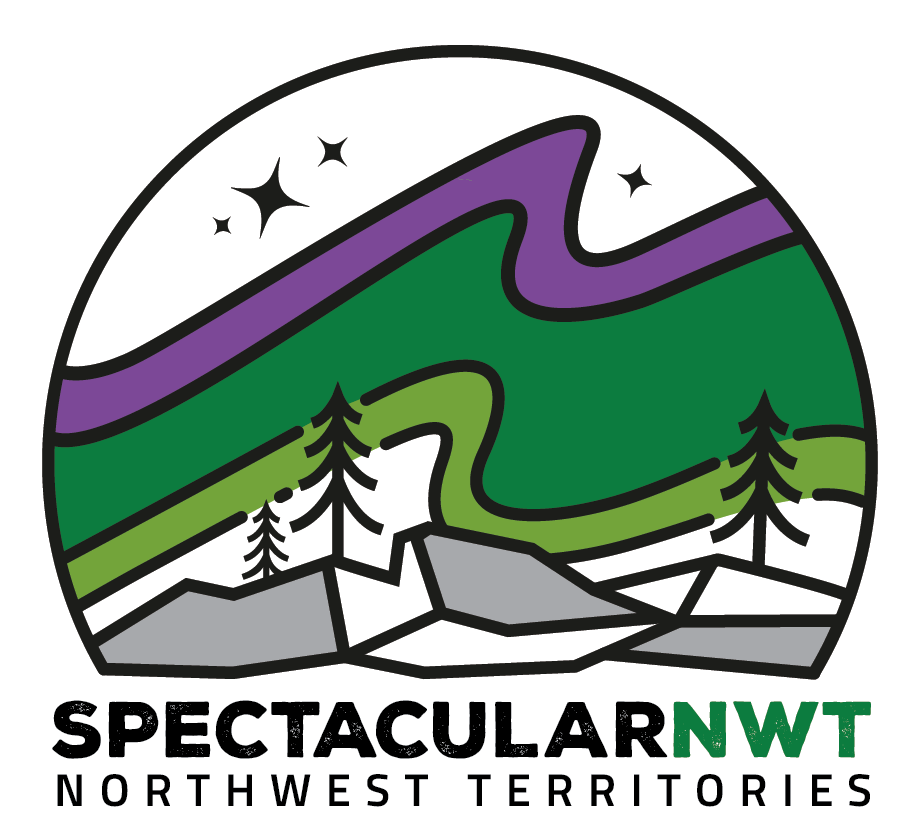At the eastern flank of Great Slave Lake, 100 kilometres northeast of the community of Łutsel K’e, lies a clutch of outposts rich with history – but, nowadays, all but devoid of inhabitants.
What: A collection of abandoned settlements, including the Chipewyan village of Kache, several trading posts, an RCMP detachment and a weather station.
Where: At the east tip of Great Slave Lake, near the start of Pike’s Portage, the gateway to the Barrenlands.
When: In 1833, explorer George Back built Fort Reliance as his winter quarters. When the Environment Canada station closed in 1992, the area went dormant.
Who: At its height in the 1940s and ’50s, Kache was home to at least a dozen families.
Now: Back’s fort is a national historic site, the old police buildings are a summer fishing lodge, and the weather station stands empty. The only residents of the area are two families of homesteaders.
How to visit: Come by canoe. It’s the way that people have travelled around the area since long before Back. Stop for a rest in Fort Reliance before gruelling Pike’s Portage on your epic paddle trips through the Barrenlands on the Hanbury or Thelon rivers.
My story: “I went to Reliance as a weather observer at the tail end of summer, 1990. I was ‘annual-leave relief’– I’d packed for three weeks. But there was an issue with one of the staff coming back, and I didn’t get out for seven or eights month! Once I got over the shock, I fell in love with it. In a place like that, your world becomes quite small — you know every line of the shore. And aside from weather observing, you’ve got to keep the station alive: check batteries, get water … I came back in 1992 to help close it down, which was really sad. Our Northern weather stations are little jewels in Canada’s crown, because they stand for what we still are: an isolated, remote country, in so many senses. It was a link to our history.” – Claire Martin, former senior meteorologist, CBC News Weather Centre, Toronto

















































